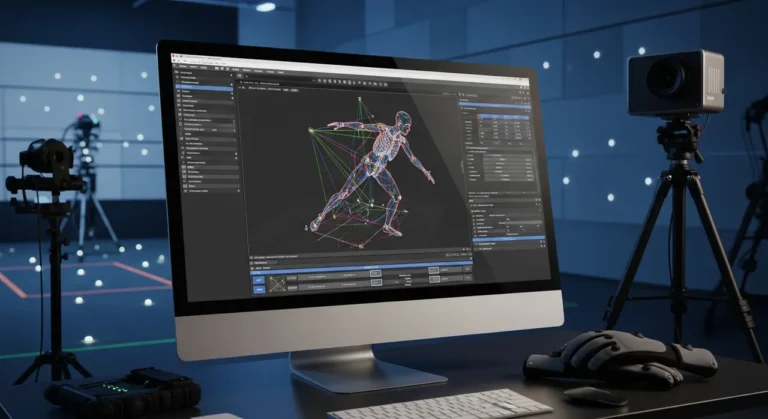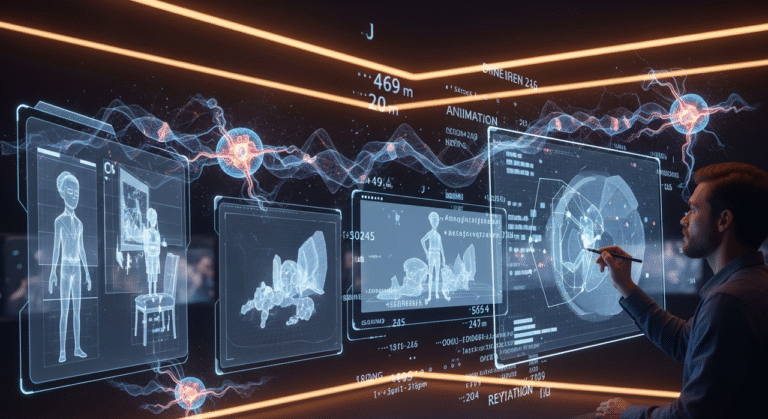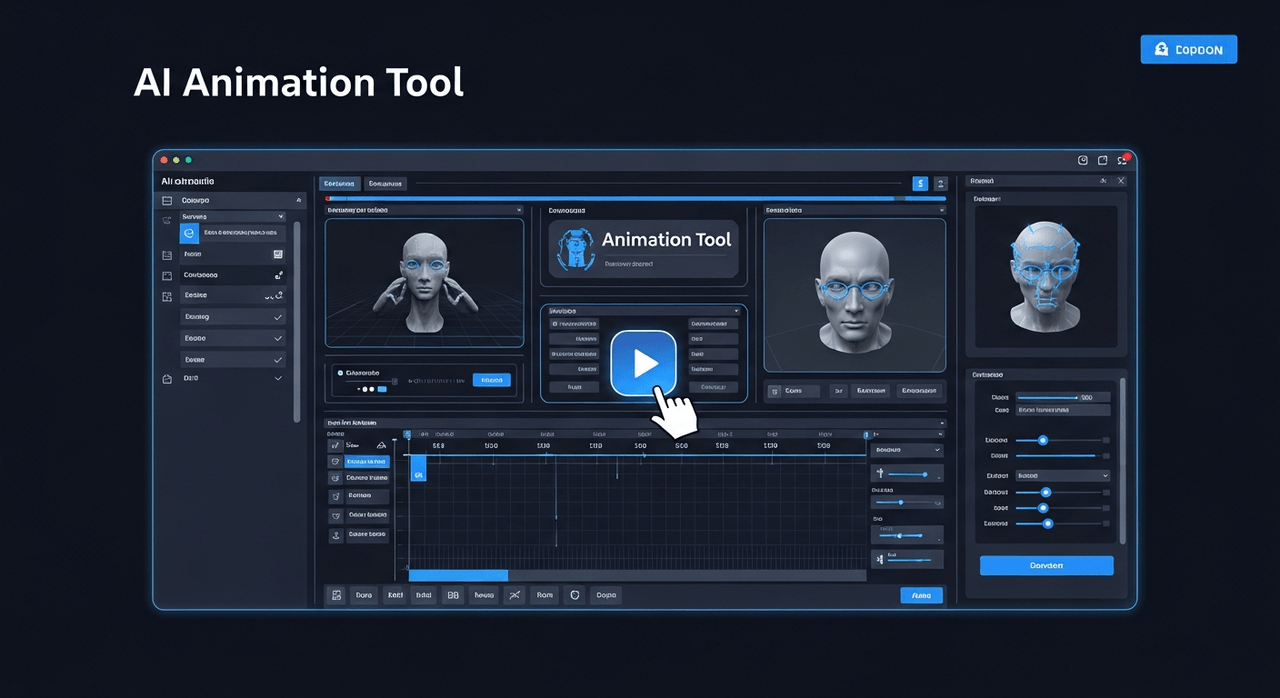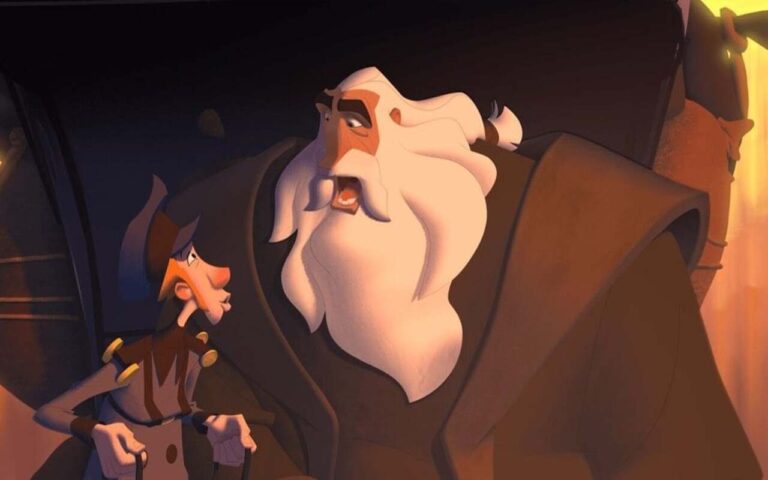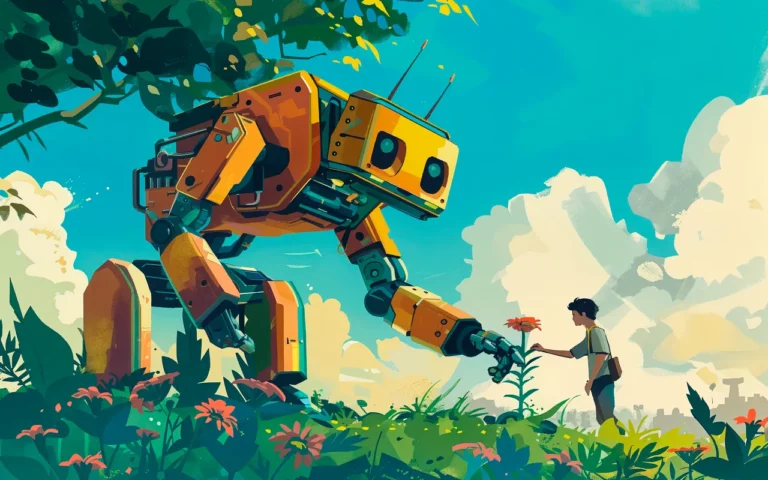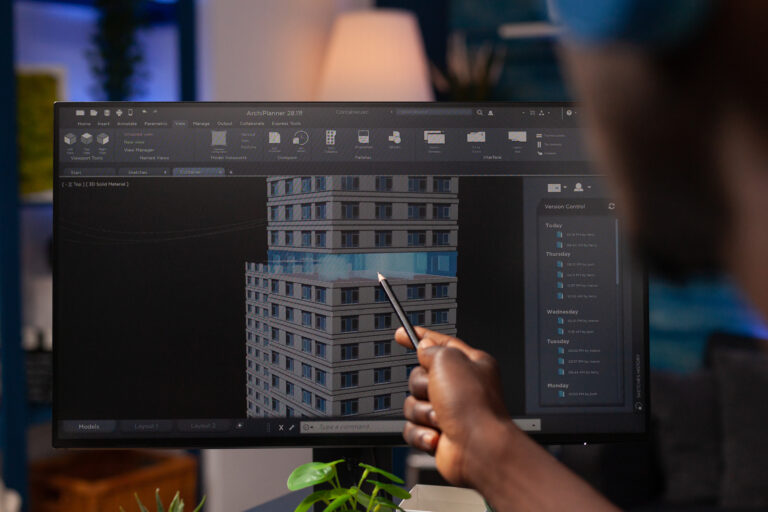Designing animations requires meticulous effort. The visuals and style greatly influence the appeal of the story, determining viewer engagement across movies, games, or commercials. Developing a distinctive animated world from an initial concept demands considerable work, often handled by a skilled animation studio. In this article, we’ll dive into the details!

Need Animation Services?
Visit our Animation Service page to see how we can help bring your ideas to life!
What Is Traditional Hand-Drawn Animation?
Traditional hand-drawn animation is the basis of the medium. It is made frame by frame on paper or a digital tablet. Every drawing helps create the illusion of movement, which takes precision and a deep knowledge of timing. This technique defined the golden age of Disney and is still loved for its warmth and authenticity. While it takes a lot of work, it gives great artistic freedom and emotional impact. It is a timeless art form that made people fall in love with animation.
Read More: Traditional and Digital Animation in Commons
Traditional Hand-Drawn Animation Finest Examples:
- Snow White (1937) – Disney’s first feature-length animated film which pioneered the robust frame-by-frame style
- Akira (1988)
- The Lion King (1994)
- The Princess and the Frog (2009)
What Is 3D Animation?
3D animation brings characters and worlds to life in three-dimensional space. Artists use digital skeletons called “rigs” to make models move in a realistic way. 3D software like Maya, Blender, and Cinema 4D makes 3D animation good for movies, games, ads, and VR (especially VR games). It is great for realism, camera movement, and creating immersive worlds. With studios like Pixar, DreamWorks, and gaming companies setting the standard, 3D animation is a major part of modern entertainment.
Some of the Best 3D Animation Examples:
- Toy Story (1995)
- Shrek (2001)
- Avatar (2009)
- Frozen (2013)
What Is 2D Vector Animation?
2D vector animation mixes the charm of hand drawn art with the precision of digital tools. Using scalable graphics, animators create smooth, high quality visuals for web, apps, and commercials. Programs like Adobe Animate and Toon Boom Harmony use rigged characters and reusable assets to make production faster. This style balances being efficient with being artistic. It is great for modern storytelling, explainer videos, and TV shows.
Charming 2D Vector Animation Examples:
- Samurai Jack (2001)
- Adventure Time (2010)
- Archer (2009)
- Hilda (2018)
What Is Stop Motion?
Stop motion animation brings physical objects to life frame by frame using photography. Each frame creates a handmade feel, no matter if it uses puppets, paper, or found objects. Known for its unique textures and charm, stop motion is used in movies, commercials, and short films. Studios like Aardman and Laika have turned it into an art form. Even though it takes a lot of work, its physical magic connects with audiences.
What Is Claymation?
Claymation is a style of stop motion where characters and sets are made from clay. Artists slightly change the figures between frames to create fluid movement. Its natural, imperfect look makes it very charming. Claymation requires a lot of detailed work, but its handmade feel adds a warmth that digital tools cannot match. It is a popular style for family movies and art films.
Stellar Claymation Animation Examples:
- Wallace & Gromit: The Wrong Trousers (1993)
- Chicken Run (2000)
- ParaNorman (2012)
- Shaun the Sheep Movie (2015
What Is Anime?
Anime, Japan’s unique animation style, combines stylized visuals with emotional storytelling. Known for expressive characters, bold colors, and dynamic action, anime covers every genre. It focuses on atmosphere and emotion, often with cinematic camera work. Anime has a huge global influence, inspiring animators and shaping pop culture. It shows how style and a good story can become a deeply moving work.
Well-made Anime Animations:
- Spirited Away (2001) – A girl undertakes a magical quest in a storied Miyazaki anime film
- Attack on Titan (2015) – Dark fantasy action epic with lavish backgrounds and intense action
- Neon Genesis Evangelion (1995)
- Your Name (2016)
- Demon Slayer: Mugen Train (2020)
What Is Rotoscoping?
Rotoscoping is a method of tracing over live action video to create realistic animation. It was once done with projectors, but now it is done digitally. It lets animators capture real movement and apply a stylized design over real actors. Besides art films, rotoscoping is used in visual effects. It mixes realism with art to make smooth, fluid sequences. It is a technique that pushes the line between what is real and what is animated.
Famous Rotoscoping Animation Examples:
- A Scanner Darkly (2006) – Used rotoscoping to reflect the character’s descent into drug addiction
- Undone (2019) – Amazon series rotoscoped for a trippy, shifting sense of reality
- Tower (2016) – A rotoscoped film based on a tragic real-life shooting event
What Is Motion Graphics?
Motion graphics are about animating design elements instead of characters. Text, shapes, and icons move to quickly and clearly show ideas. Used in ads, UI, explainer videos, and movie titles, motion graphics mix clarity with style. Tools like After Effects and Cinema 4D are most used for this. While often minimal, motion graphics can be very creative, mixing art and storytelling into powerful short visuals.
Motion Graphics Examples:
- Star Wars Opening Crawl (1977)
- MTV Bumper Animations (1980s–1990s)
- Google Doodles Animated Logos (2000s–Present)
- Spider-Man: Into the Spider-Verse End Credits (2018)
What Is Experimental Animation?
Experimental animation breaks the rules and tries new art techniques. Artists may mix different media, distort time, or change how a story is told. This style puts exploration before rules. It creates works that are often abstract or strange. Experimental animation is found in indie films, art shows, and school projects. It pushes the limits of what animation can be and inspires other styles.
How Do You Choose Your Animation Style?
Choosing the right animation style depends on the story, audience, and purpose. Traditional hand-drawn shows warmth. 3D gives realism. 2D vectors are efficient. Stop motion provides a handmade charm. Anime focuses on emotion. Motion graphics are great for clarity and brands. Experimental styles inspire original ideas. The key is to match the style to the story and project size. By knowing each style, animators can choose the one that best shows their vision.

